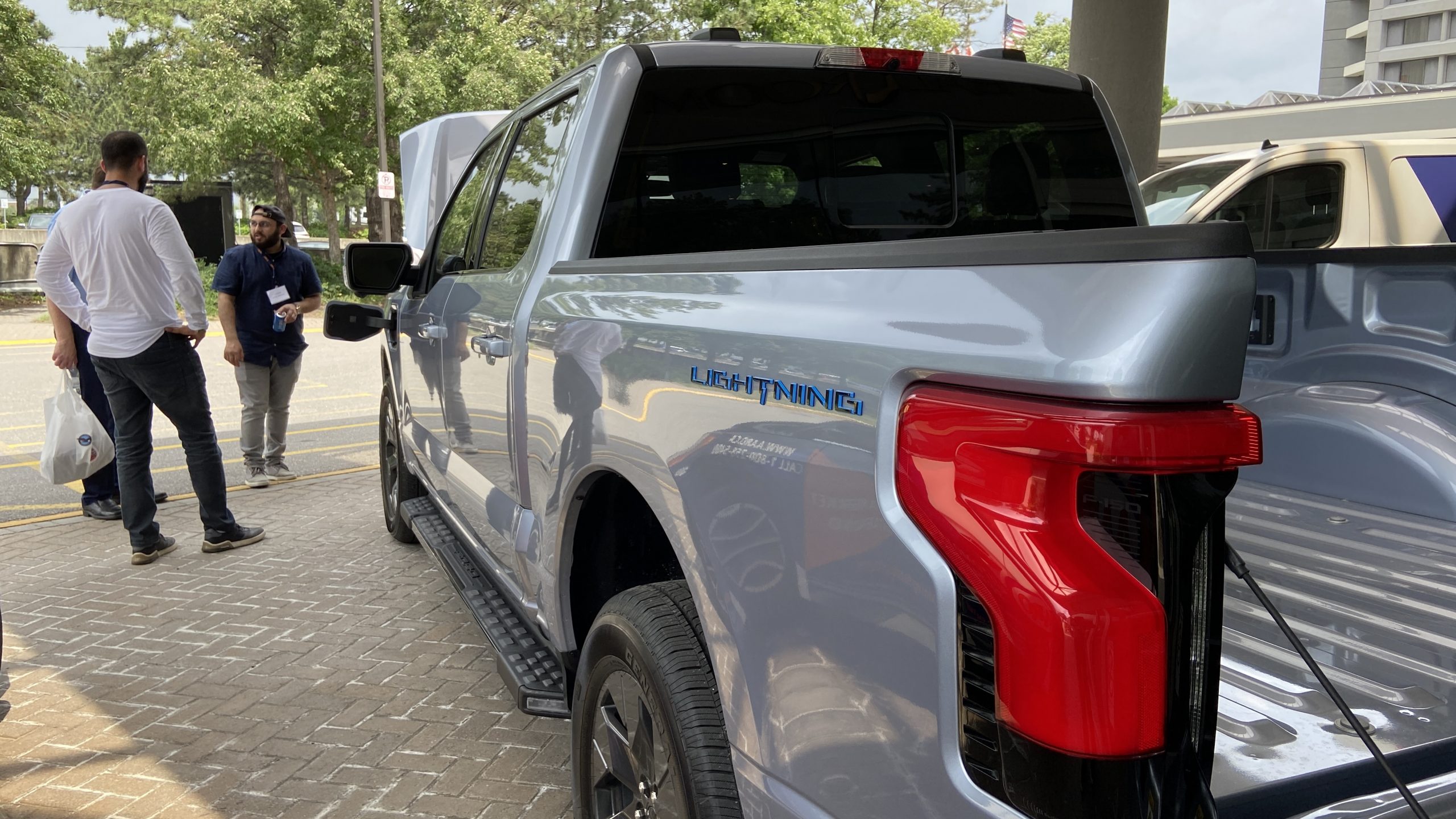What does Ford’s revamped EV strategy mean for the industry?
Share
Share

Ford Motor Company announced significant updates to its electrification strategy, aiming to boost consumer adoption and profitability as electric vehicle sales continue to fall short of expectations.
Last month, Ford unveiled a series of strategic updates to its electrification plan, designed to speed up consumer adoption and enhance profitability — all in response to how the market has changed.
What’s happened is, that despite ongoing growth in sales, recent numbers have been underwhelming compared to expectations. That’s made Ford nervous about future growth, particularly in North America where Ford has high exposure but EV adoption rates lag behind Europe and China.
Key changes in Ford’s strategy include introducing an all-new electric commercial van set to begin production in 2026, a medium-size pickup truck based on a new affordable EV platform, and a new truck expected to launch in 2027.
Furthermore, Ford announced it cancelled plans for three-row all-electric SUVs. These will instead be replaced by a suite of three-row SUVs with various propulsion options — not just electric. The company said it will also adjust the timing of product launches and realign how it sources batteries in search of cost reductions.
These changes don’t come without costs, noted ratings agency DBRS Morningstar in an analysis of the announcement. Ford estimated that this pivot would total up to US$1.9 billion.
EV sales at the beginning were propped up by early adopters. DBRS noted that these consumers were gung-ho to embrace new vehicle propulsion technology and were more amenable to EVs’ higher pricing than internal combustion engine vehicles.
“However, with EV sales to early adopters now seemingly significantly exhausted, EVs are struggling to maintain ongoing sales momentum among mainstream consumers,” DBRS noted in its report.
It observed that prospective buyers cited concerns over the higher costs of EVs, even though several manufacturers have reduced prices. And other issues like range, charging reliability and infrastructure are improving.
DBRS also noted that Ford’s EV spending share is set to decrease.
“Ford Model e’s current operating results underscore the current challenges (not only to Ford, but also to several mainstream automotive OEMs) of the EV landscape, which are further exacerbated by uncertainties over the future sales/adoption rates of EVs,” the group noted.
Leave a Reply